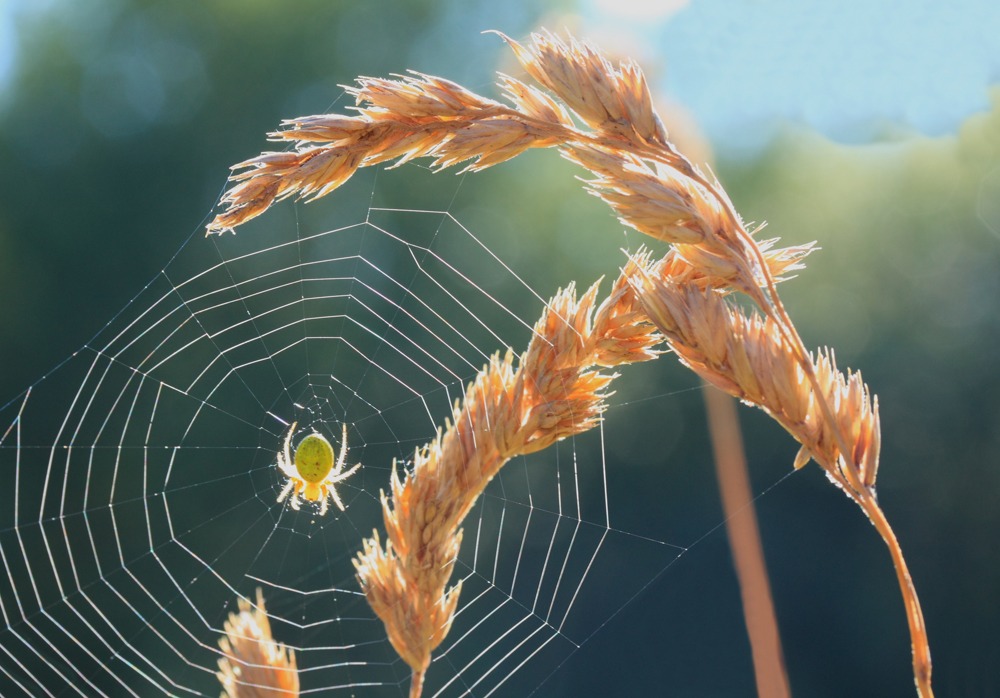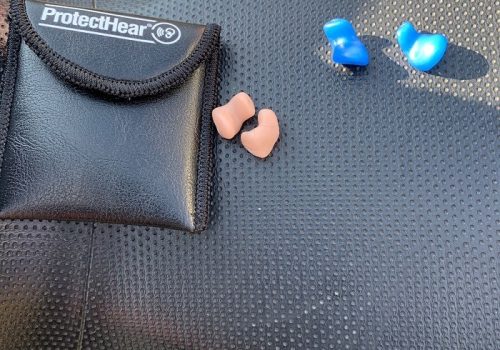How spider silk could be used to make hearing aids better!

Share this post:
Researchers at Binghamton University, New York, have found that spider silk improves the quality of microphones for hearing aids & other technologies. Binghamton University professor Ronald Miles and graduate student Jian Zhou have published a study titled “Sensing fluctuating airflow with spider silk” that should lead to better microphones for hearing aids than traditional pressure-based systems.
The research shows that ultra-sensitive spider silk can pick up the velocity of air instead of just its pressure. Because it is so thin, it moves with the air when hit by soundwaves, receiving infrasound at frequencies as low as just 3 Hz! The spider silk could be so good for hearing that spiders use it, when spun into webs, for listening to what is taking place around them.
The Binghamton researchers have found a way to translate this ability to pick up the direction of airflow into an electronic signal that can be used in microphones. This involves coating the spider silk with gold, and then placing it in a magnetic field to obtain an electronic signal — thereby making it into a makeshift microphone that can operate across an impressive range of frequencies. “It’s actually a fairly simple way to make an extremely effective microphone that has better directional capabilities across a wide range of frequencies,” explained Ronald Miles, professor in Binghampton’s department of mechanical engineering.
“Most insects actually hear with their hairs”
Today’s miniature directional microphones aren’t as good as they could be because their response varies strongly with frequency. They tend to lose low-frequency sounds and respond mostly to very high-frequency sounds. This new technology will enable the creation of directional microphones that have audiophile quality.
Miles has done several studies looking at what we can learn from insects when it comes to hearing. He explained, “We use our eardrums, which pick up the direction of sound based on pressure, but most insects actually hear with their hairs.” The spider silk can pick up the velocity of the air instead of the pressure of the air.
While it’s still a work in progress, the researchers have already built prototypes and made recordings to show that their web-based technology works effectively. According to Miles, the tech could be incorporated into any system that uses small microphones, such as hearing aids, cell phones, and computers. The study used spider silk, but any fibre that is thin enough could be used in the same way.
Source: Jian Zhou el al., “Sensing fluctuating airflow with spider silk,” Proceedings of the National Academy of Sciences (2017), Digitaltrends.com




